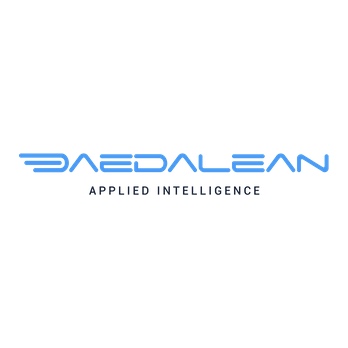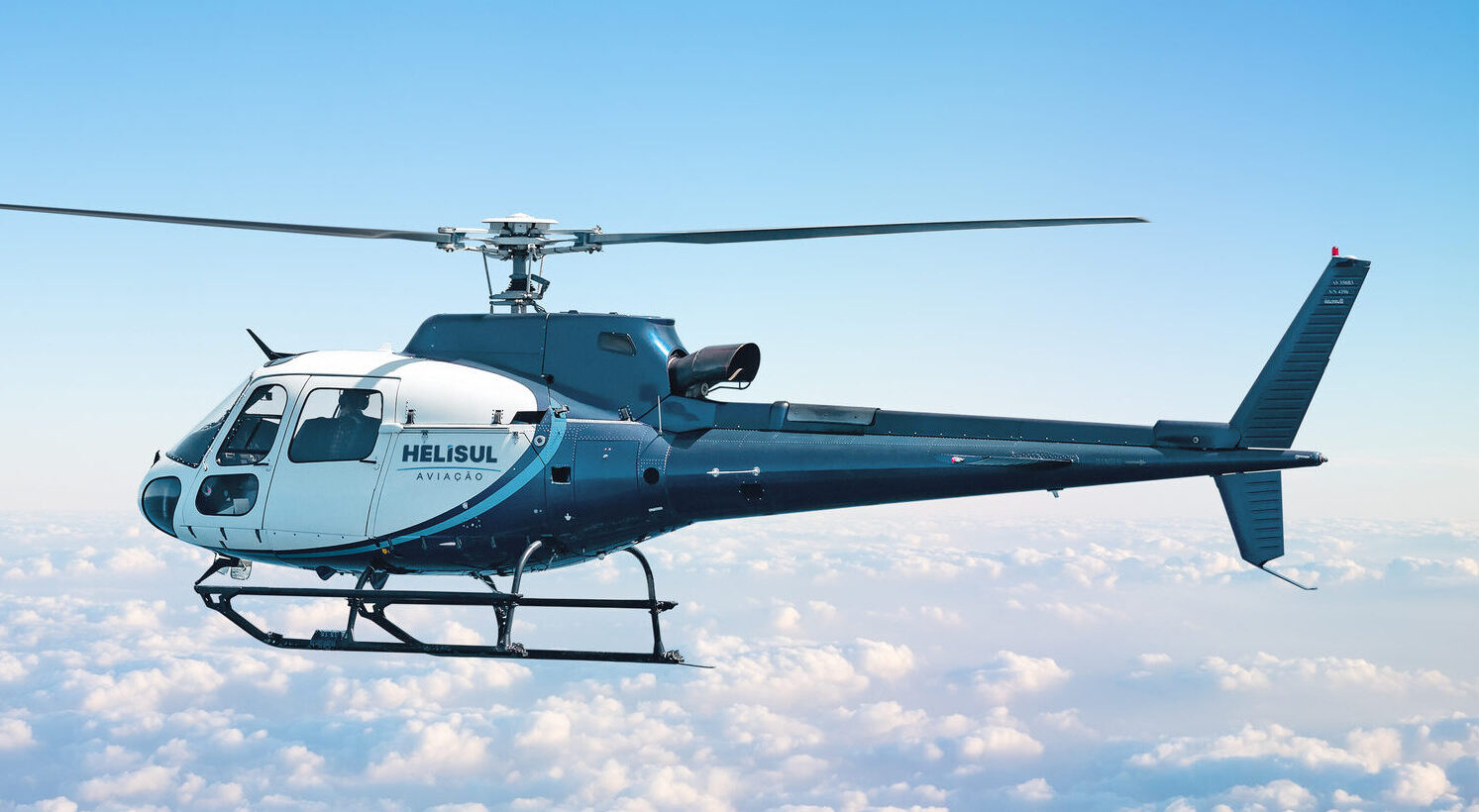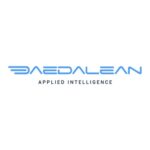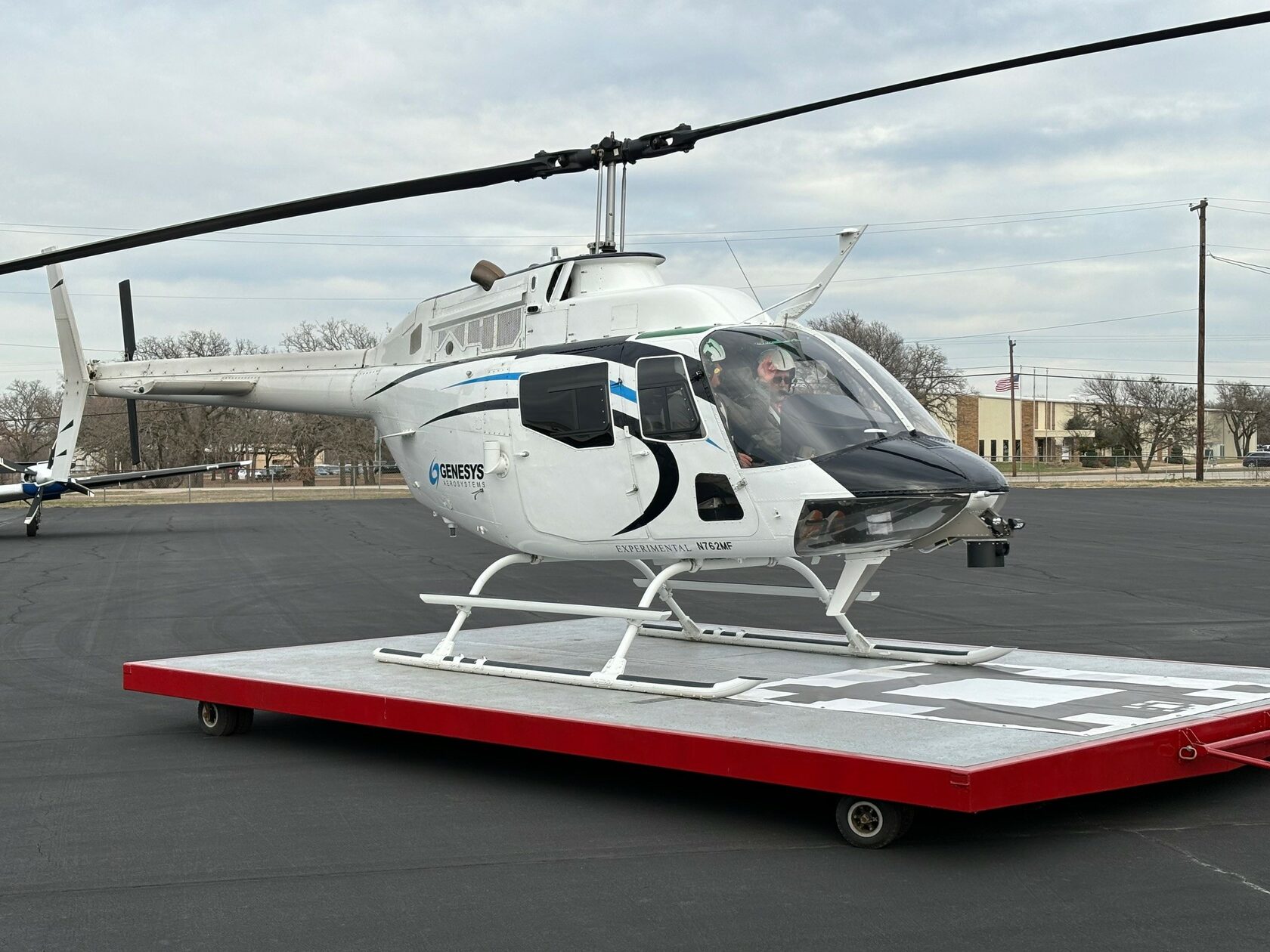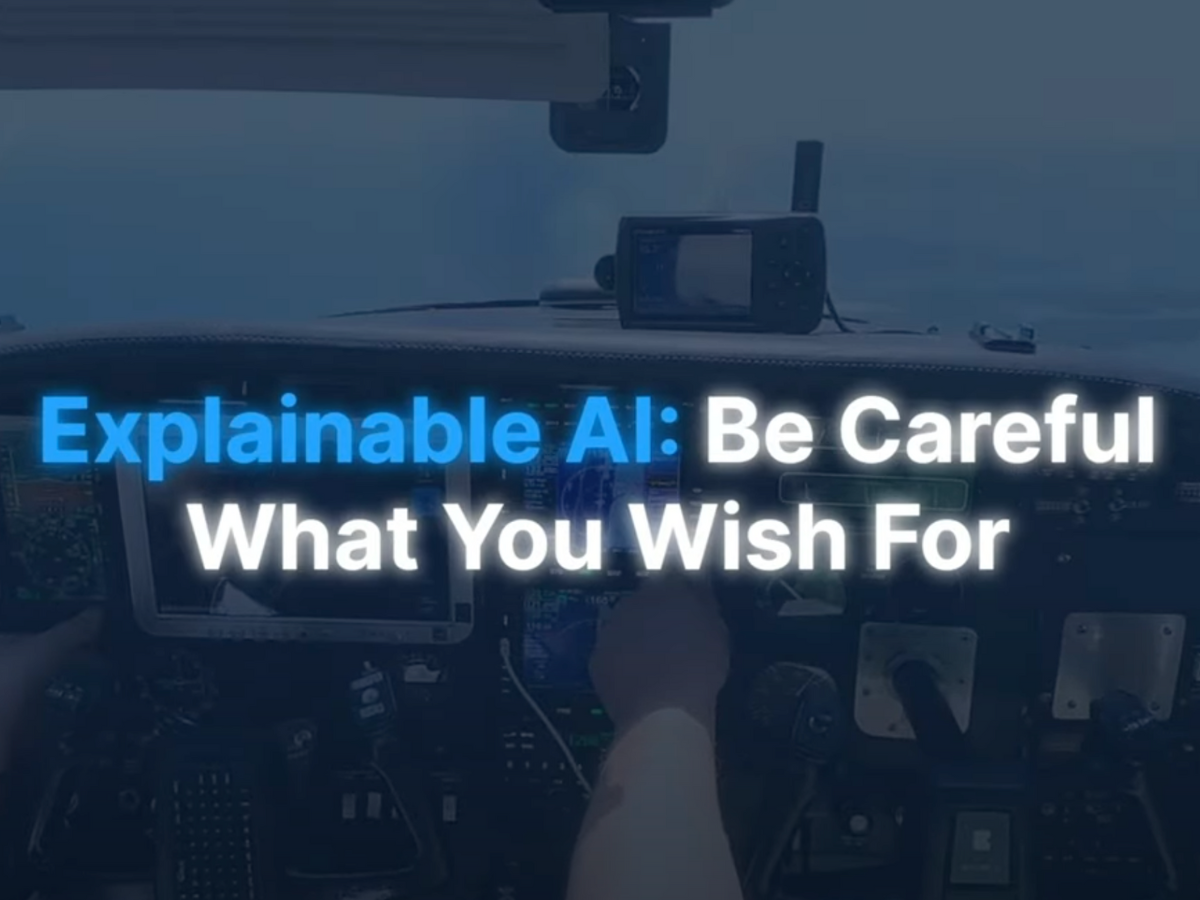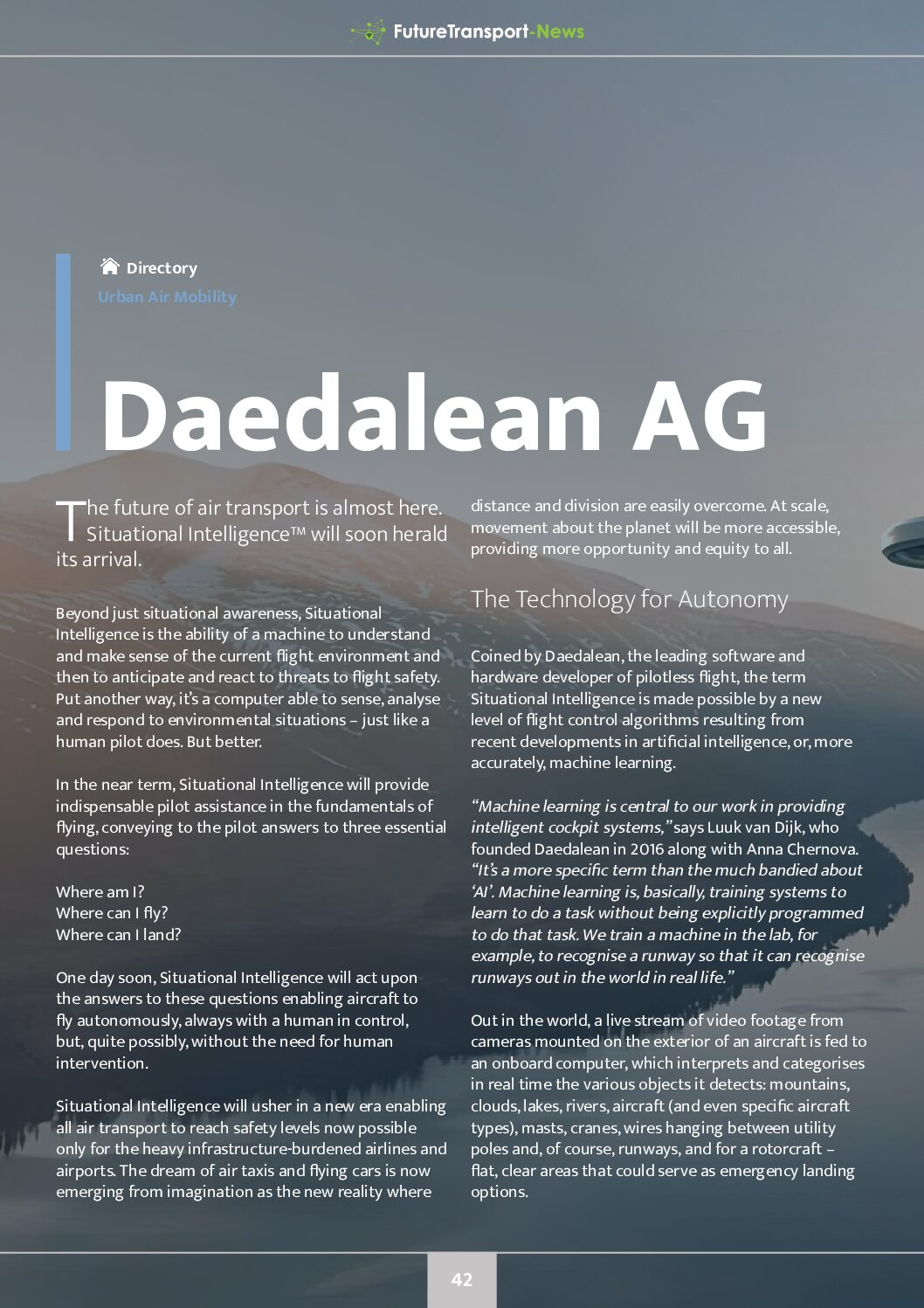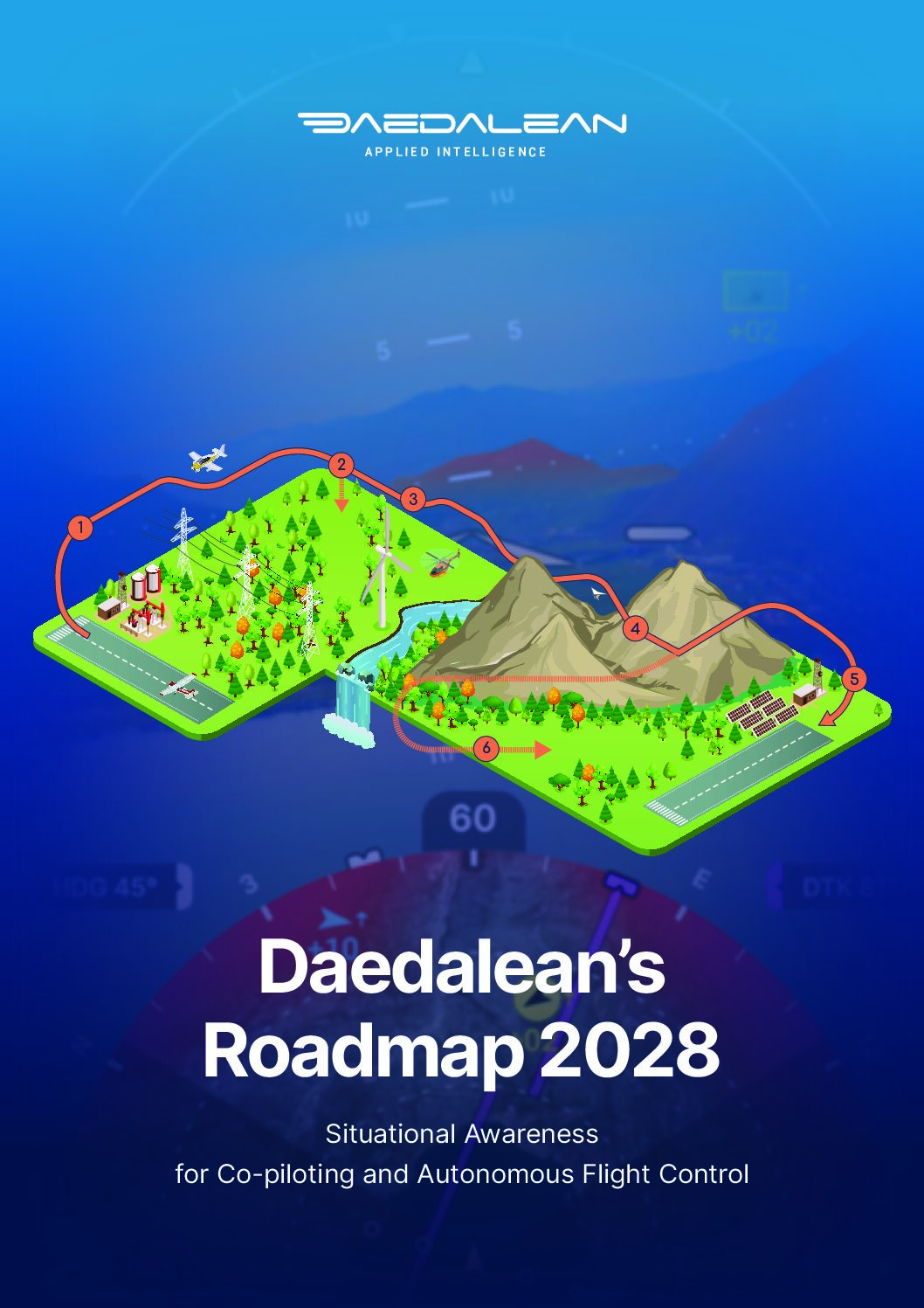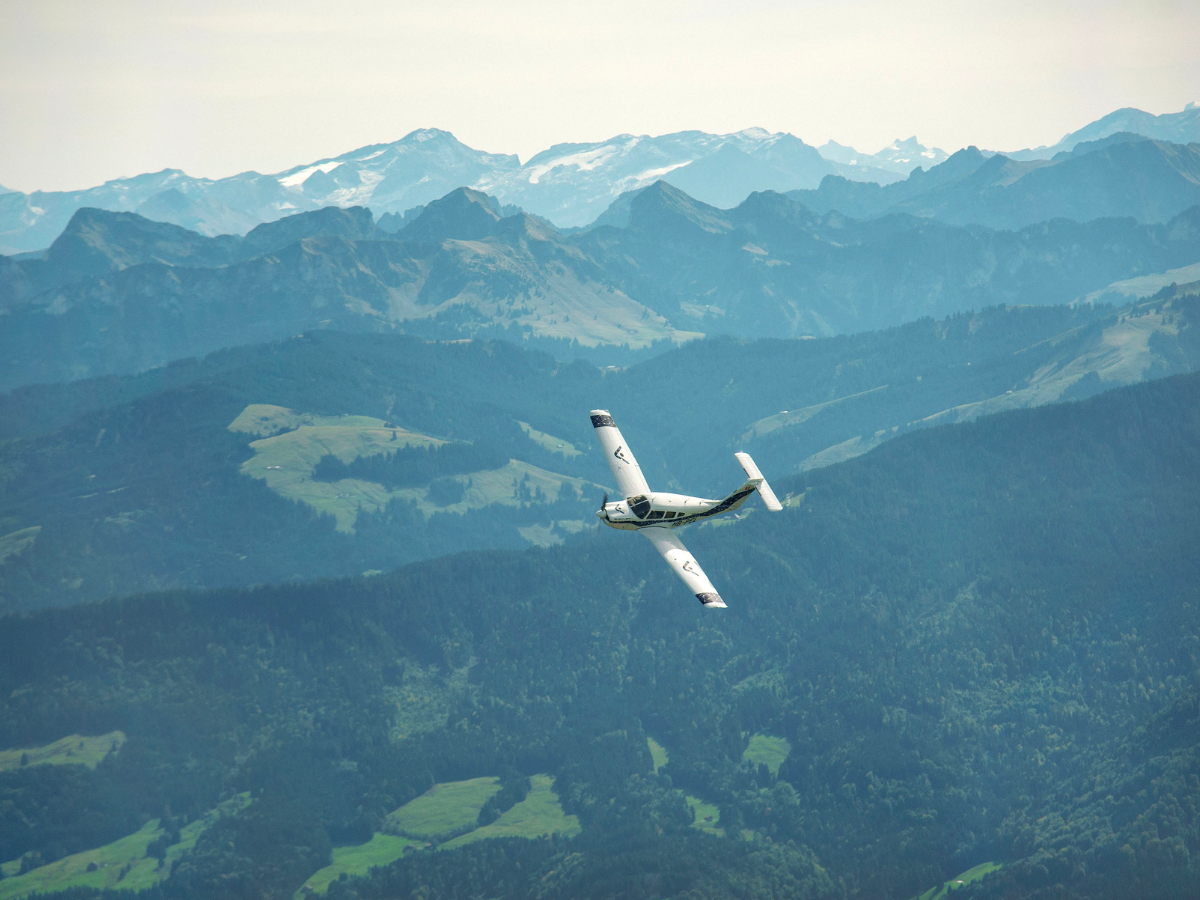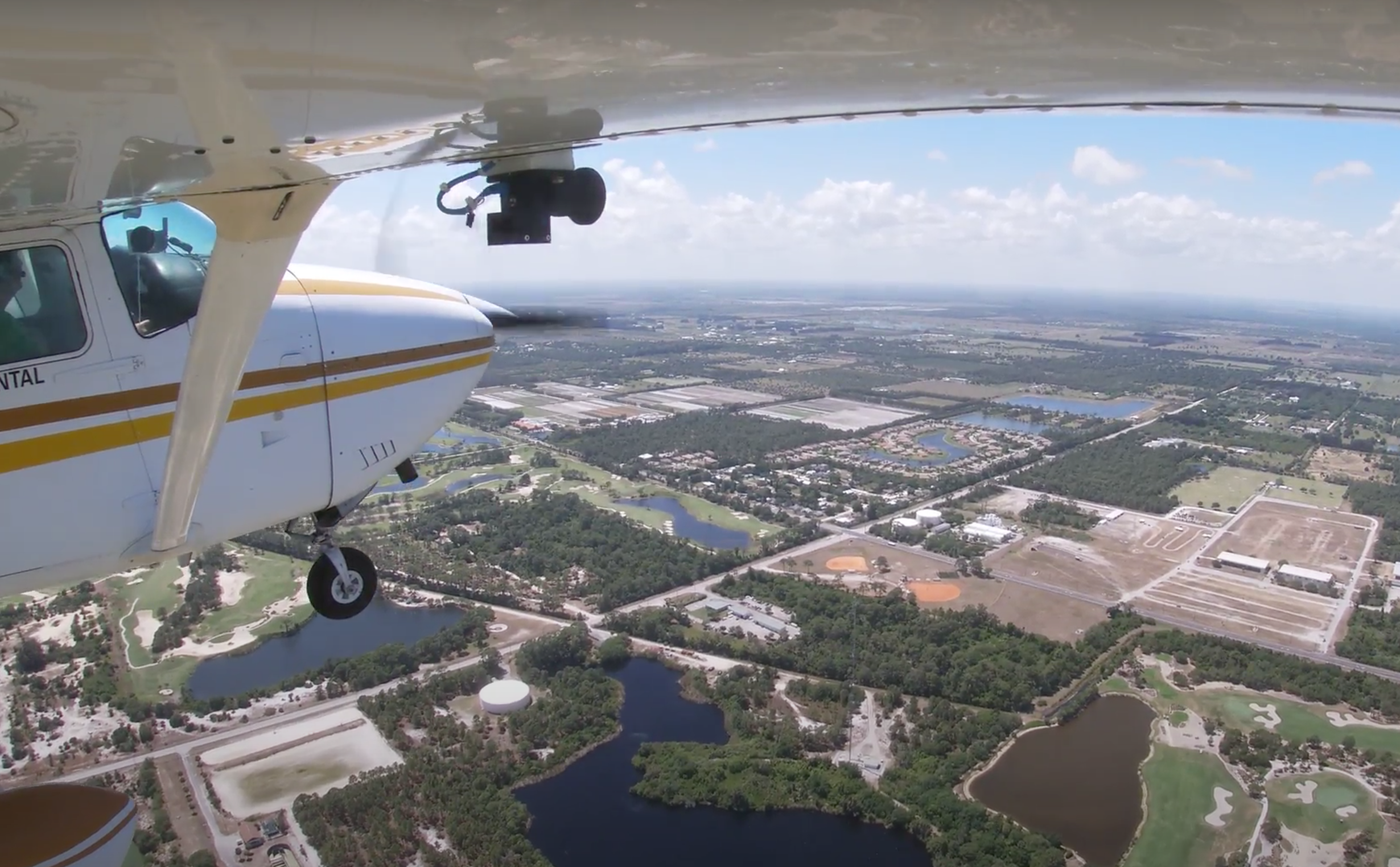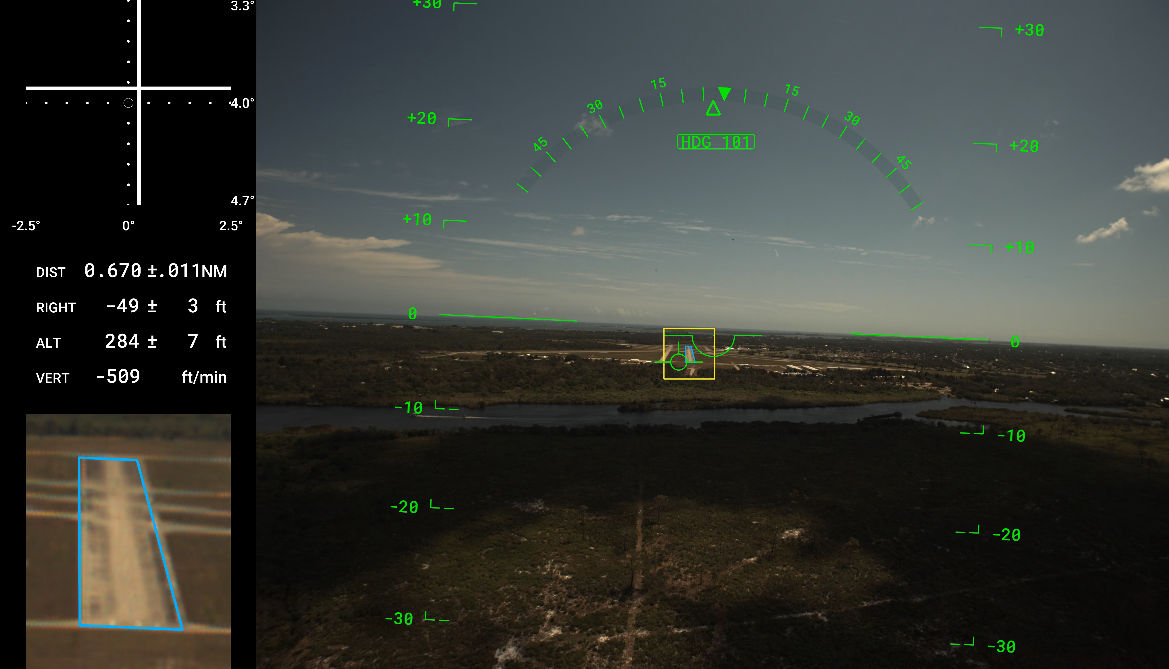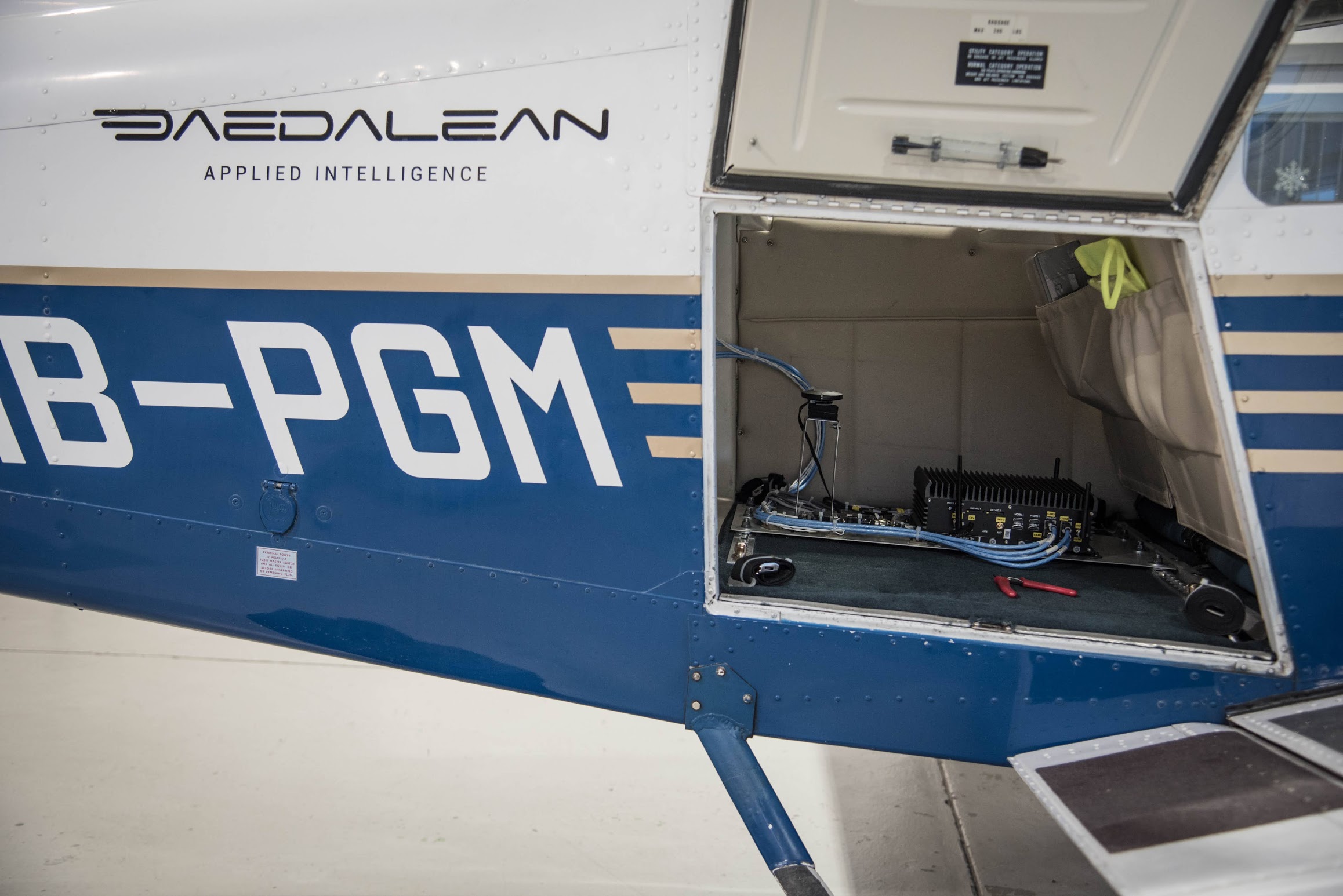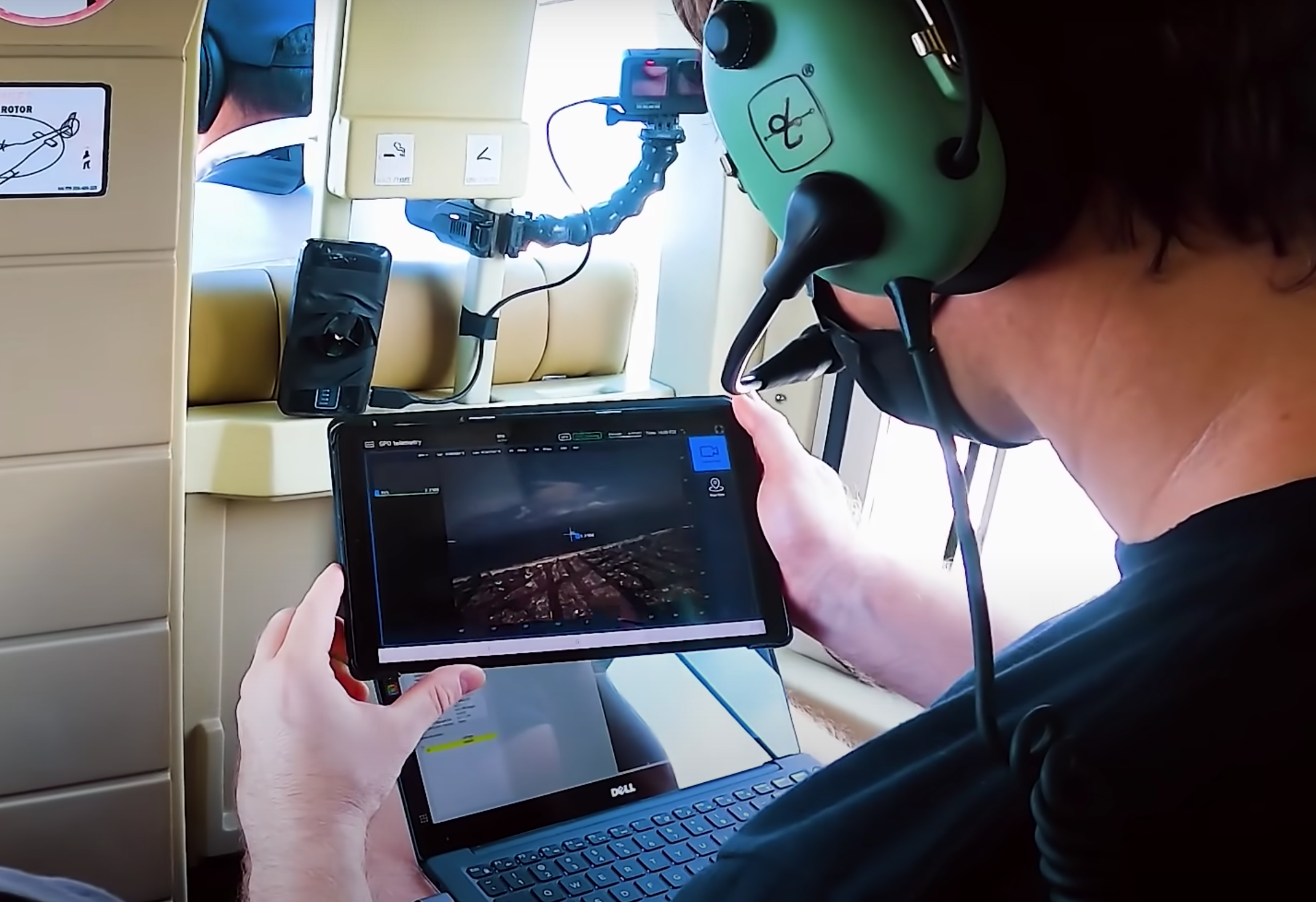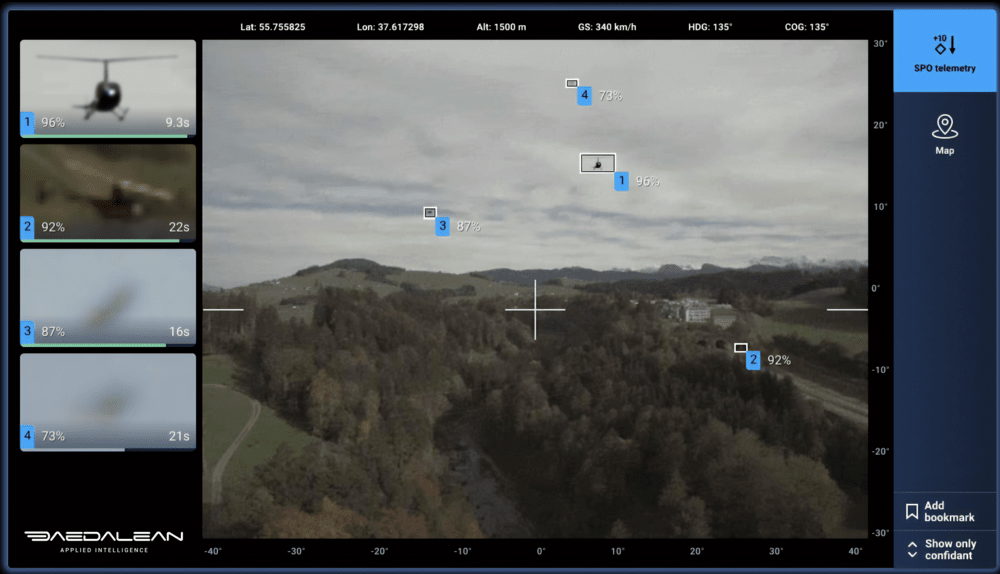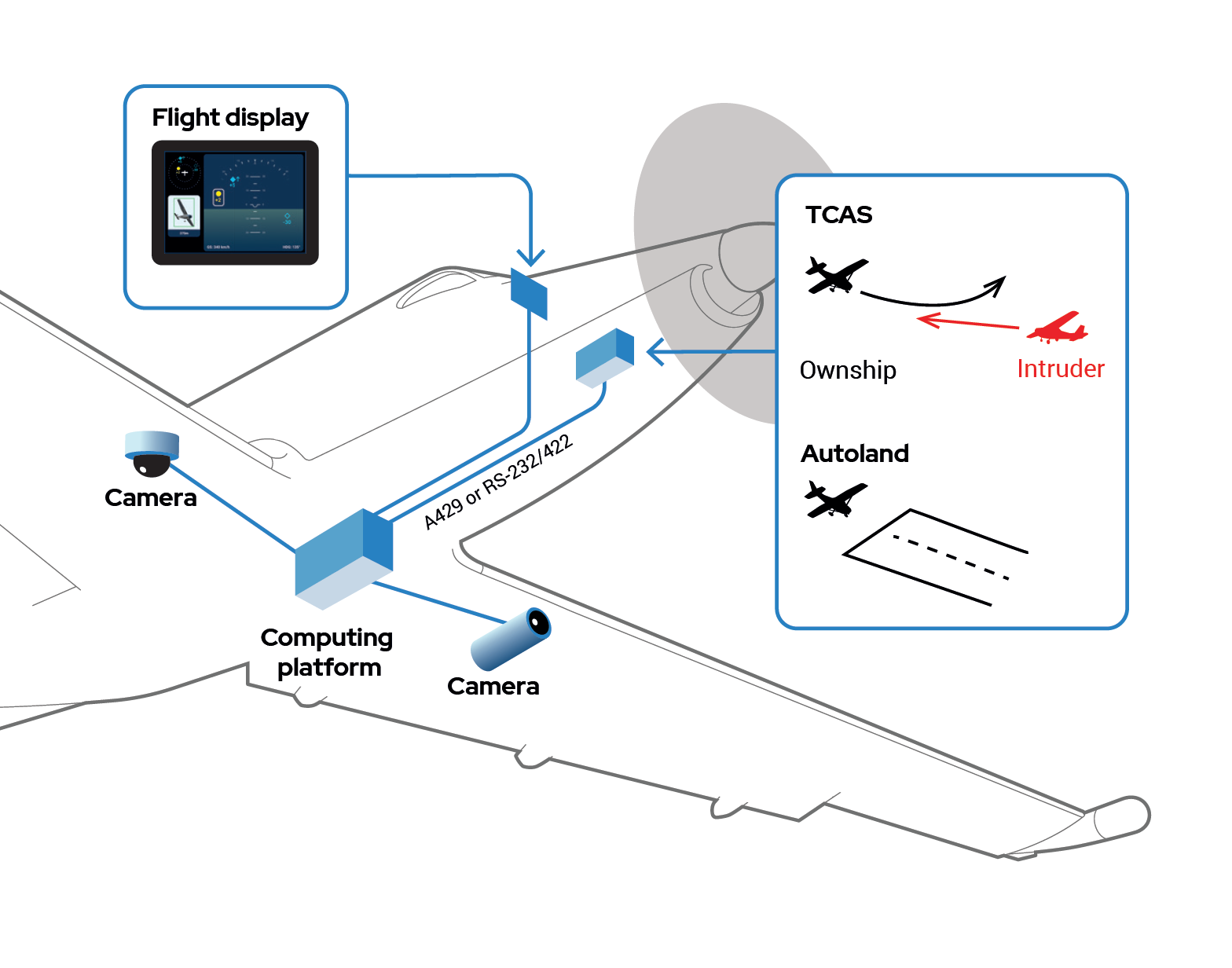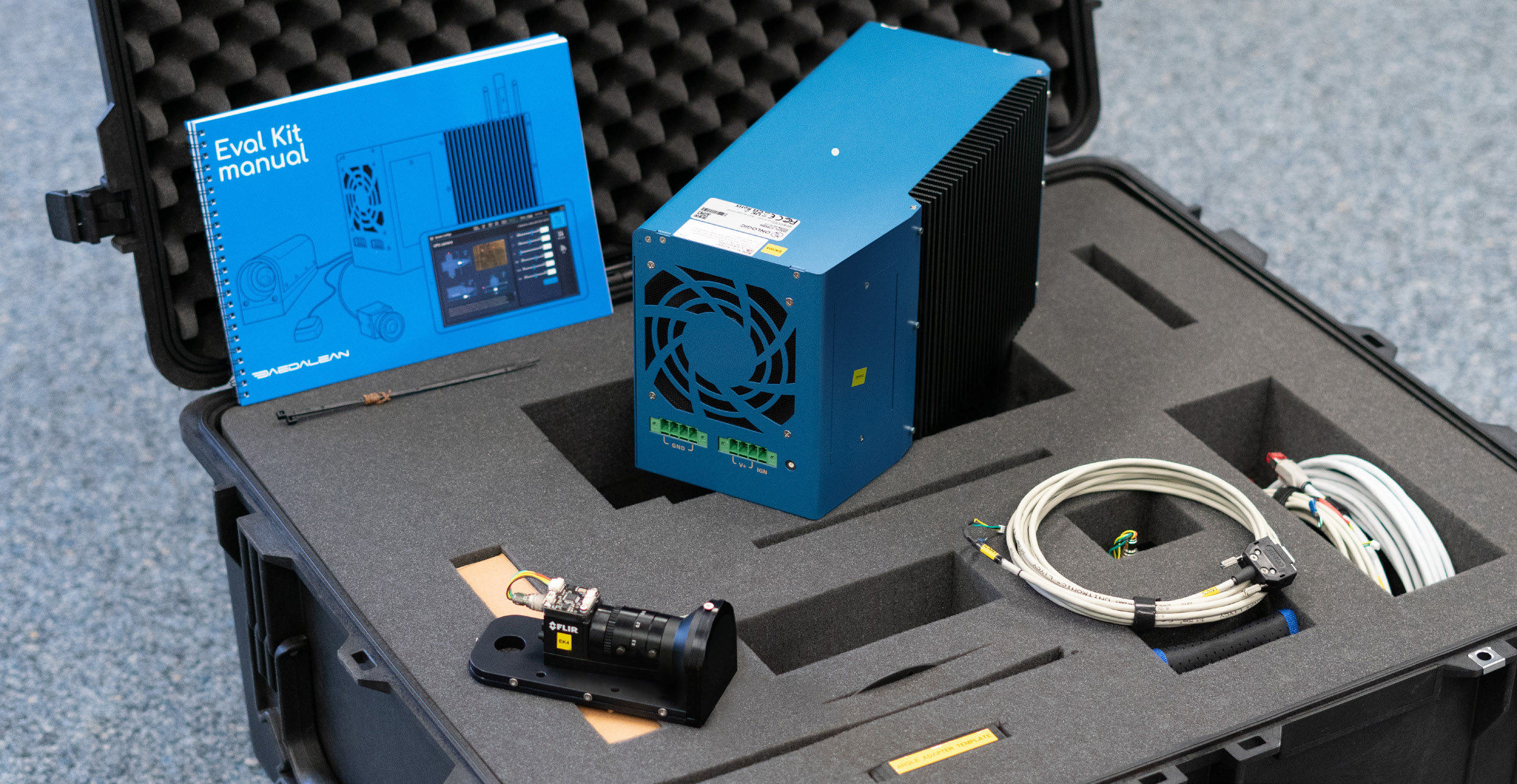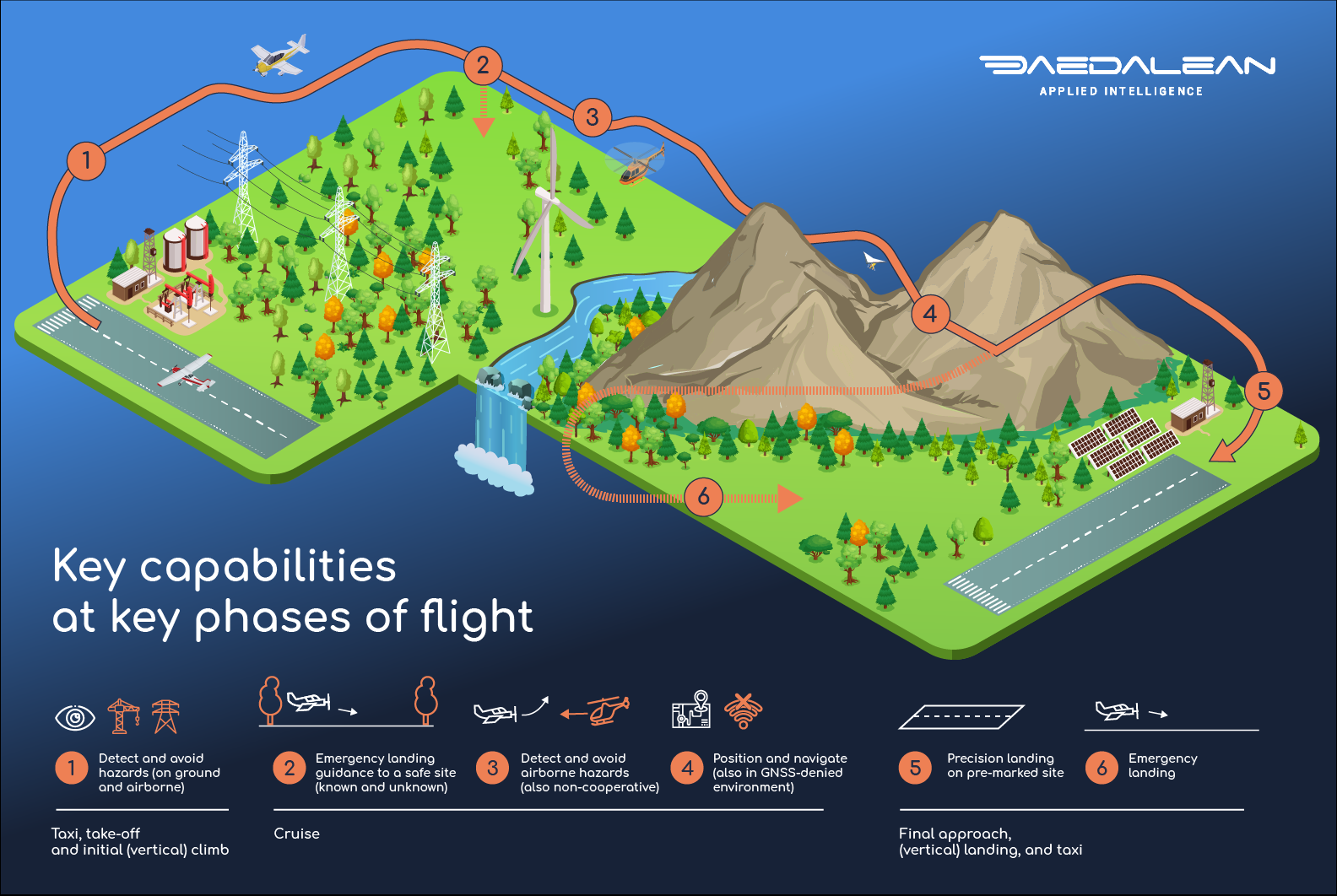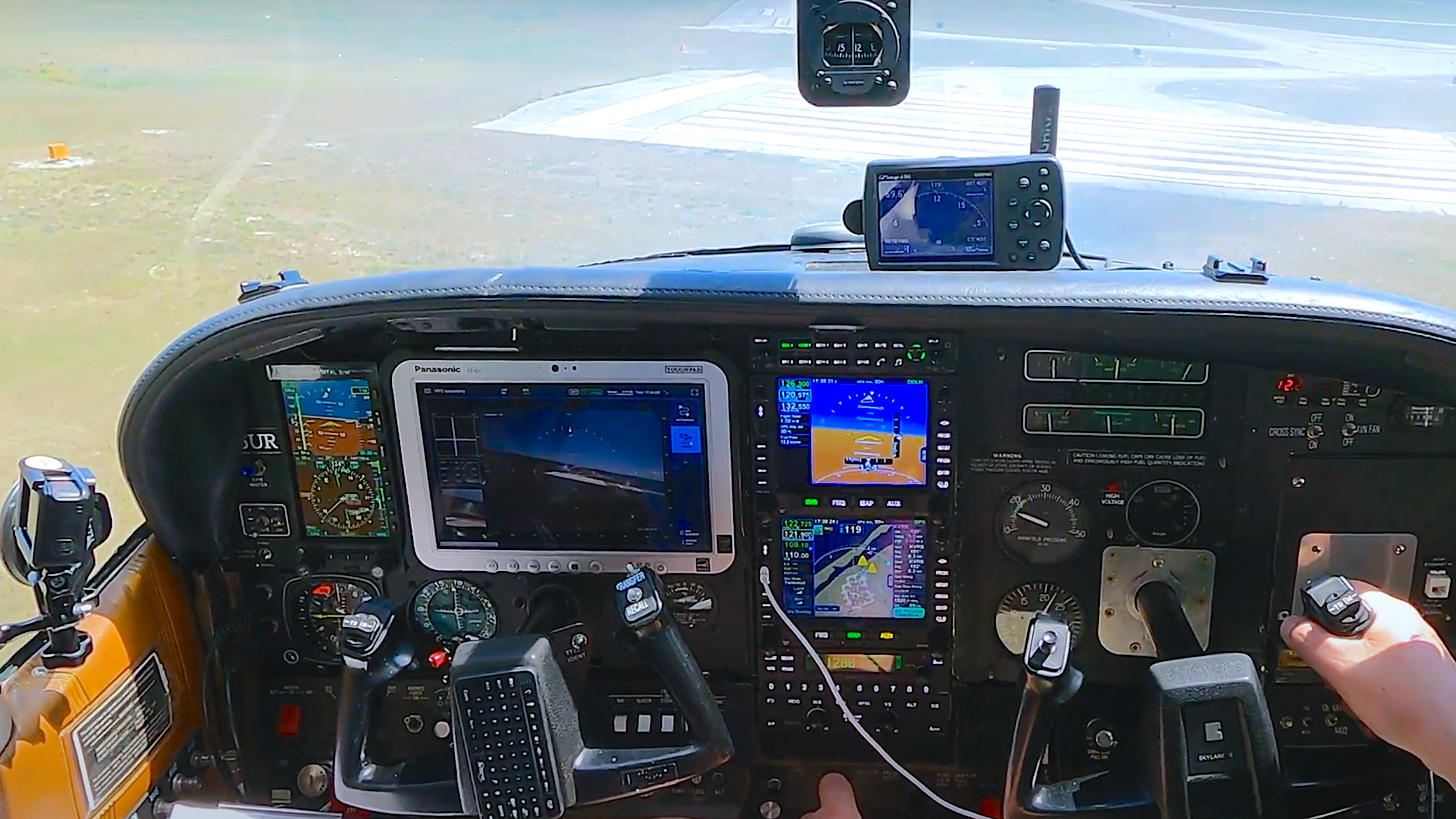Artificial Intelligence for Flight Control and Situational Awareness
Founded in 2016, Daedalean is building autonomous piloting software systems for the civil aircraft of today and the advanced aerial mobility of tomorrow. The eventual goal of the company is full autonomy, that is, an AI pilot that can outperform a human pilot in all functions. Today, the company is focused on developing and certifying its products as flight desk instruments for pilot assistance.
Technologies
Situational awareness functions are currently developed up to Technology Readiness Level 6 (“system prototype demonstration in operational environment” by European Union definition).
Visual Traffic Detection: The innovative solution based on computer vision. Continuously tracking the sky, never-tiring, more attentive and reliable than human vision. Independent of cooperative equipment (XPDR, ADS-B) and sees all possible air hazards, from other aircrafts to balloons, drones, and birds.
Visual Landing Guidance: Dissimilar navigation system to existing ILS, enabling safe autonomous landing under any circumstances – no similar instrument exists. It is capable of recognizing runways or helipads and leading to a safe landing. Based on cameras installed on aircraft and neural networks developed by Daedalean.
Visual Positioning: A system that, just like a human, can look out the window and reconstruct the position of the aircraft. Designed to integrate with GPS/GNSS into existing flight deck instruments to provide uninterrupted, reliable, and redundant navigation. Continuously outputs position, heading, velocities, height above ground, landing guidance, and corresponding uncertainties. Localizes itself within a global coordinate frame using its own map that comprises descriptors of visual features.
Products
PilotEye™: Developed in collaboration between Daedalean and recognized avionics manufacturer Avidyne. The product provides a visual traffic detection source based on Avidyne’s computational hardware and Daedalean’s neural network-based software. The output is being integrated with Avidyne’s flight display. Avidyne submitted the STC application for the comprehensive list of aircraft models in December 2021. The certification process goes with the FAA with the concurrent validation by EASA. After the certification is granted, PilotEye will become the world’s first certified civil aviation cockpit application with a machine-learned component. The level of certification will be DAL-C.
Eval Kit: Software function demonstrator for onboard computer vision applications. Daedalean has reached the stage of development where it is ready to demonstrate its technology. The evaluation kit includes all three essential functions (navigation, positioning, and landing guidance) for helicopters, fixed-wing aircraft, and eVTOL. It is currently offered to the selection of customers able to gain the necessary documentation to install the removable equipment for gathering flight data on their aircraft.
Eval Kit includes a set of cameras, a computing box, and a tablet computer as a user interface. A user – say, a second pilot – can watch the tablet screen to follow the system performance in real-time, watching the visual data (such as other aircraft or runway) on a real-time video stream supplied with the relevant numeric data. The system also records the detailed output for the post-flight analysis.
Challenges on the Way to the Certification of Neural Networks
Neural networks can’t be certified based on the existing DO-178C standard. Aviation regulators have been working on how machine learning fits into their design assurance processes of safety-critical applications and how to adjust the respective standards. EASA and the FAA have both established guidelines for the introduction of artificial intelligence/machine learning (AI/ML), and Daedalean is involved in this effort with both authorities.
EASA published, together with Daedalean, two reports on Concepts of Design Assurance for Neural Networks (CoDANN) (2020, 2021). The reports discuss how classical software design assurance can be adapted for ML in safety-critical settings. The results of this research partly led to EASA’s first guidance for Level I AI/ML in aviation. An essential finding of the first EASA/Daedalean report was identifying a W-shaped development process adapting the classical V-shaped cycle to machine learning applications. CoDANN II answered the remaining questions on the system safety assessment process, concluding discussions on integrating neural networks into complex systems and their evaluation in safety assessments.
In 2021, a project with the FAA set out to study the applicability of the CoDANN findings to a real application (including flight tests). This project resulted in a report published by the FAA in 2022.
The current STC project with the FAA and EASA will be the first case where a specific flight control-related NN application for civil aviation gets certified, referencing the NN policy among alternative means of compliance.

